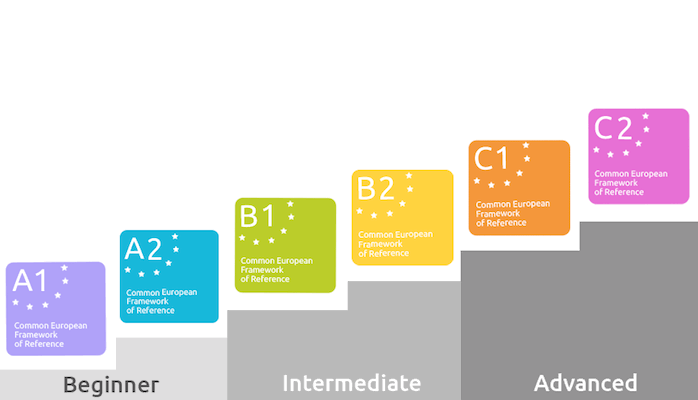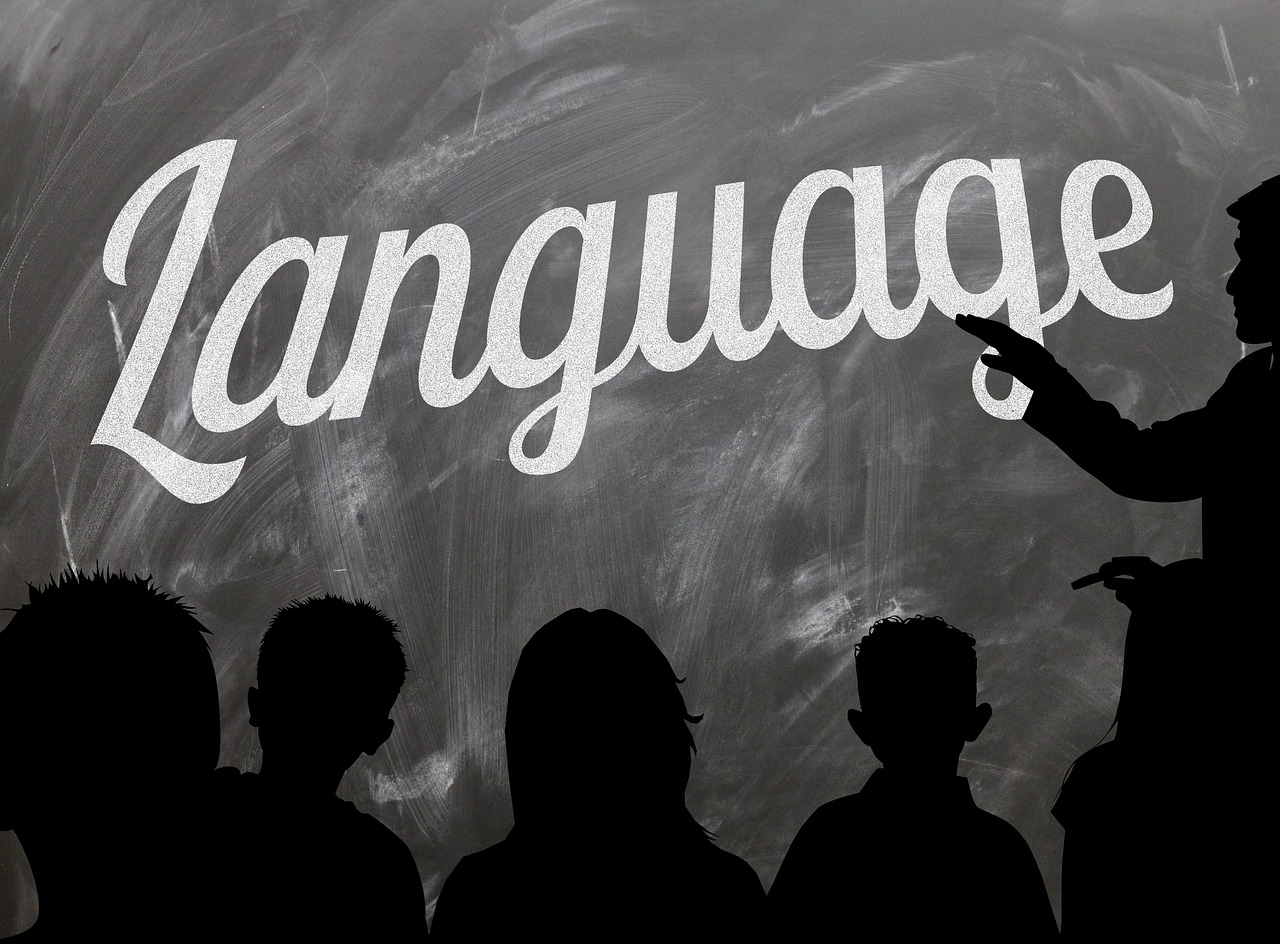The Common European Framework of Reference for Languages (CEFR) in Learning Spanish

What is the Common European Framework of Reference for Languages (CEFR) and why should it matter in your pursuit to learn Spanish?
The Common European Framework of Reference for Languages is a framework that’s used to determine your proficiency in learning a language.
I referred to it quite a bit in my 90-day Spanish Language Challenge. In it, I decided to go from an A2 level to a B2 Level. Basically, from an absolute beginner to intermediate proficiency.
One of the benefits of this challenge was that I learned more about what CEFR is and how it can help you in your language journey.
Read on to find out what CEFR is all about.

What Exactly Is CEFR?
The Common European Framework of Reference for languages was developed by the Council of Europe.
It was designed so the framework can easily be applied to any European language.
While there are other language standards, such as the American Council on Teaching Foreign Languages, CEFR is widely accepted across the world.
It tells you how you’re doing in three areas: Reading, Writing and Listening.
The standards are tied to learning, and not to a specific test.

What Does It Do?
CEFR is a guideline. Let’s face it, there are thousands of places where you can learn to speak Spanish. Imagine every single school having a different standard as to what’s a beginner, intermediate and advanced/proficient learner.
That would suck.
As a language learner, you would have no idea if the investment you made in your learning is good or bad.
What CEFR does is create a common theme among teachers and learners. That allows teachers to know how to teach, identify weaknesses and create a curriculum. Students are clear on what the expectations are.
This same framework can apply to apps like Speechling, too.

What Are the CEFR Levels?
The CEFR has three main levels: A, B, and C. Think of them as beginner, intermediate and advanced. Within each level, there are 2 levels: 1 and 2.
In putting it together, levels of CEFR range from A1 to C2.
Each level has some criteria to meet before progressing to the next level.
This is the Global Scale, which is a general guideline as to what you’re supposed to be able to do at each level. Here’s what it looks like at each level:
A1:
• Can understand and use familiar everyday expressions and very basic phrases aimed at the satisfaction of needs of a concrete type.
• Can introduce him/herself and others and can ask and answer questions about personal details such as where he/she lives, people he/she knows and things he/she has.
• Can interact in a simple way provided the other person talks slowly and clearly and is prepared to help.
A2:
• Can understand sentences and frequently used expressions related to areas of most immediate relevance (e.g. very basic personal and family information, shopping, local geography, employment).
• Can communicate in simple and routine tasks requiring a simple and direct exchange of information on familiar and routine matters.
• Can describe in simple terms aspects of his/her background, immediate environment, and matters in areas of immediate need.
B1:
• Can understand the main points of clear standard input on familiar matters regularly encountered in work, school, leisure, etc.
• Can deal with most situations likely to arise whilst traveling in an area where the language is spoken.
• Can produce simple connected text on topics, which are familiar, or of personal interest.
• Can describe experiences and events, dreams, hopes & ambitions and briefly give reasons and explanations for opinions and plans.
B2:
• Can understand the main ideas of complex text on both concrete and abstract topics, including technical discussions in his/her field of specialization.
• Can interact with a degree of fluency and spontaneity that makes regular interaction with native speakers quite possible without strain for either party.
• Can produce clear, detailed text on a wide range of subjects and explain a viewpoint on a topical issue giving the advantages and disadvantages of various options.
C1:
• Can understand a wide range of demanding, longer texts, and recognize implicit meaning.
• Can express him/herself fluently and spontaneously without much obvious searching for expressions.
• Can use language flexibly and effectively for social, academic and professional purposes.
• Can produce clear, well-structured, detailed text on complex subjects, showing the controlled use of organizational patterns, connectors, and cohesive devices.
C2:
• Can understand with ease virtually everything heard or read.
• Can summarize information from different spoken and written sources, reconstructing arguments and accounts in a coherent presentation.
• Can express him/herself spontaneously, very fluently and precisely, differentiating finer shades of meaning even in more complex situations.

How Do Teachers and Developers Use CEFR?
In addition to the Global Scale, the Council of Europe developed 54 more scales called the Structured Overview of all CEFR Scales.
These scales refer to your understanding and competence in different situations from being in a live audience, watching TV, understanding a native speaker and written correspondence.
CEFR is a great way to develop curriculum because the guidelines dictate what a learner should be able to do.

How Can Spanish Learners Use CEFR?
According to the foreign language service, it takes about xxx of consistent study to make the jump from A1 to C1. That’s a lot of hours. Here’s how you can use CEFR in your work to learn Spanish.
Take Self Assessments to See Where You’re At
Do you have some experience with Spanish? Maybe you took it in high school or college and you want to see what you still remember. Maybe you just want to see where you’re at right now.
I think that self-assessments are a great way to discover where you’re at now and what your weaknesses are.
Keep Track of Progress
You can use either the guidelines mentioned above or take self-assessments to track your progress as well.
In breaking down the areas between reading, writing and listening, you can also pinpoint where you need to improve.
Set Goals According to CEFR
When I embarked on my 90-day challenge, I used CEFR in setting my goal. By doing that, I had a concrete way to determine if I was on track or not.
As I previously mentioned, goals should be specific. I was able to create goals that were specific in terms of level and proficiency and I was able to
Keep Yourself Motivated in Study
In learning a language, it can be hard to stay motivated. I know exactly what it’s like to not know what to do to further your learning from one day to the next.
Not knowing what to do can be the biggest demotivator in learning.
The CEFR Global Scale can help you identify areas of improvement, what you need to work on and how you can improve every day.
As long as you are consistent and have a plan, you’ll reach your goals in no time.